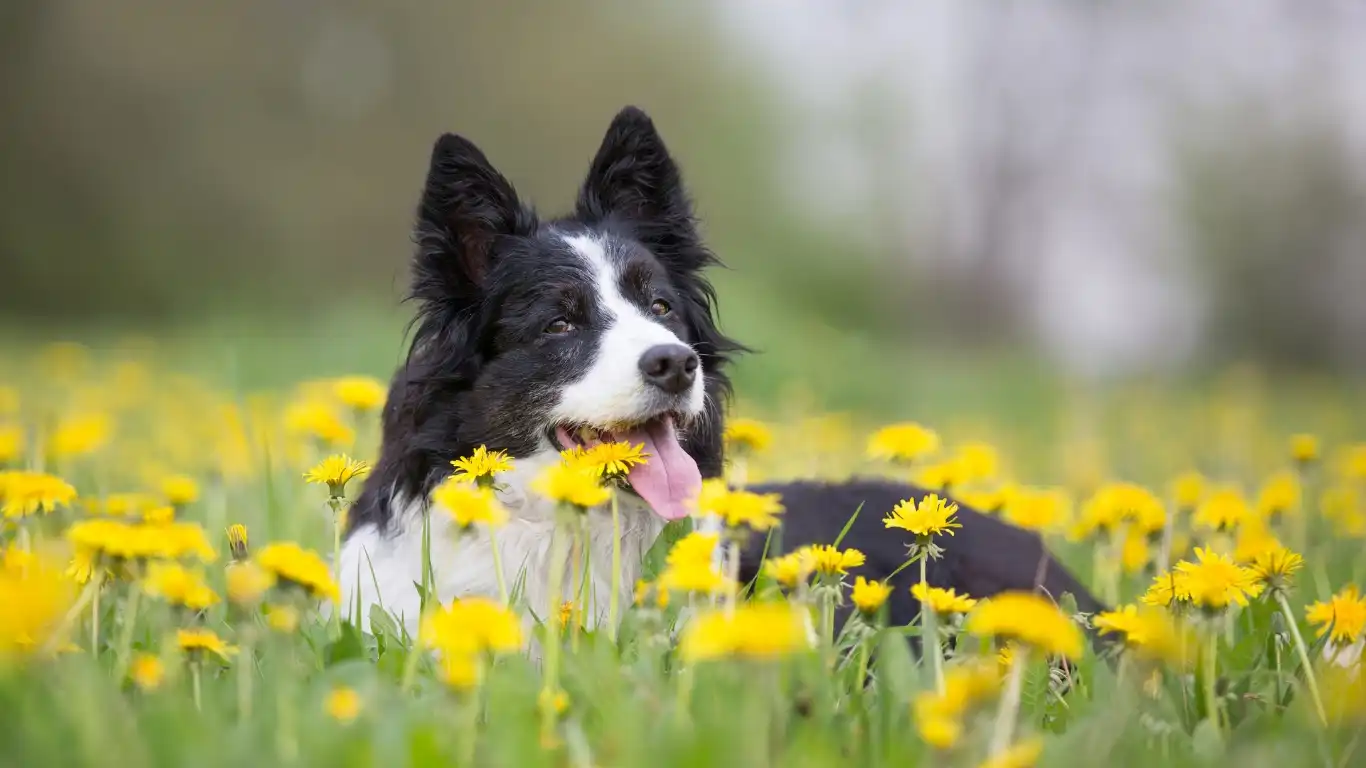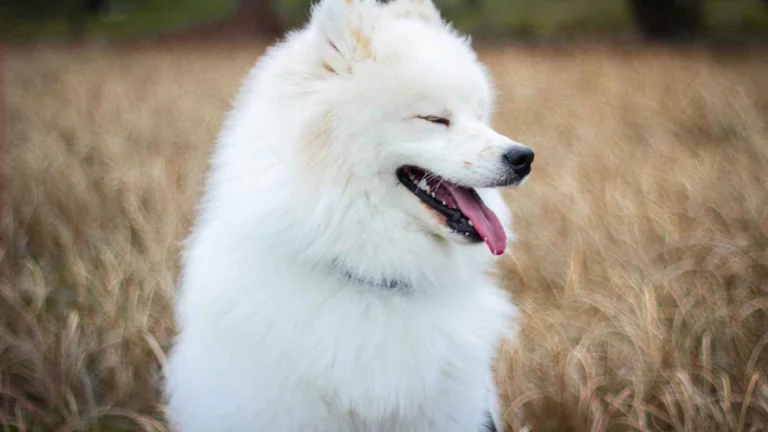How to Keep a Dog Entertained While at Work: Tips & Tricks for Busy Owners
As a pet nutritionist and someone who works with pets in veterinary clinics, I often get asked, “How can I keep my dog entertained while at work?” It’s a common concern, especially for pet owners who spend long hours away from their furry friends. Dogs, just like humans, need mental and physical stimulation to stay happy and healthy. So, if you’re wondering how to make sure your dog isn’t bored or anxious while you’re at work, you’re in the right place. In this post, I’ll share my personal tips, some science-backed insights, and a variety of ideas that can keep your dog engaged and relaxed while you’re out of the house.
Why Keeping Your Dog Entertained Matters
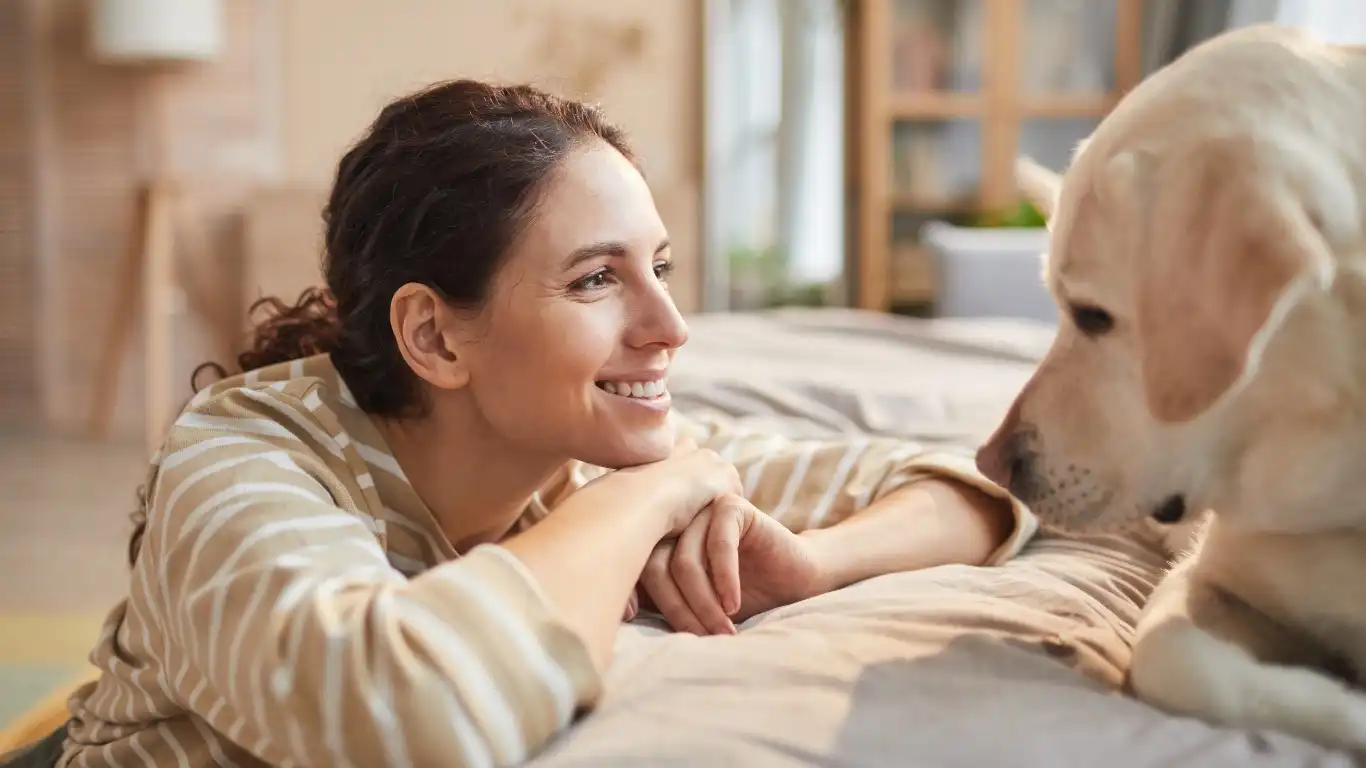
Keeping your dog entertained while you’re away isn’t just about preventing them from being bored. There are serious behavioral and mental health benefits to making sure your dog has enough to do when you’re not around. Dogs are social animals, and without sufficient stimulation, they can become anxious, destructive, or even depressed. Studies show that a lack of activity and mental challenges can lead to issues like chewing, barking, and digging. This is why it’s important to put thought into creating a routine that will keep your dog engaged.
Physical Exercise is Key

Before heading off to work, make sure your dog gets enough physical exercise. Think of it as starting their day on the right foot. If your dog is anything like mine, they probably have a lot of energy to burn. A long walk in the morning or a good game of fetch can help get them tired and ready to settle down for the day. Physical exercise not only helps tire out their body, but it also has a calming effect on their mind. This way, they’ll be less likely to engage in unwanted behaviors like excessive barking or destructive chewing.
Interactive Toys to Keep Your Dog Busy
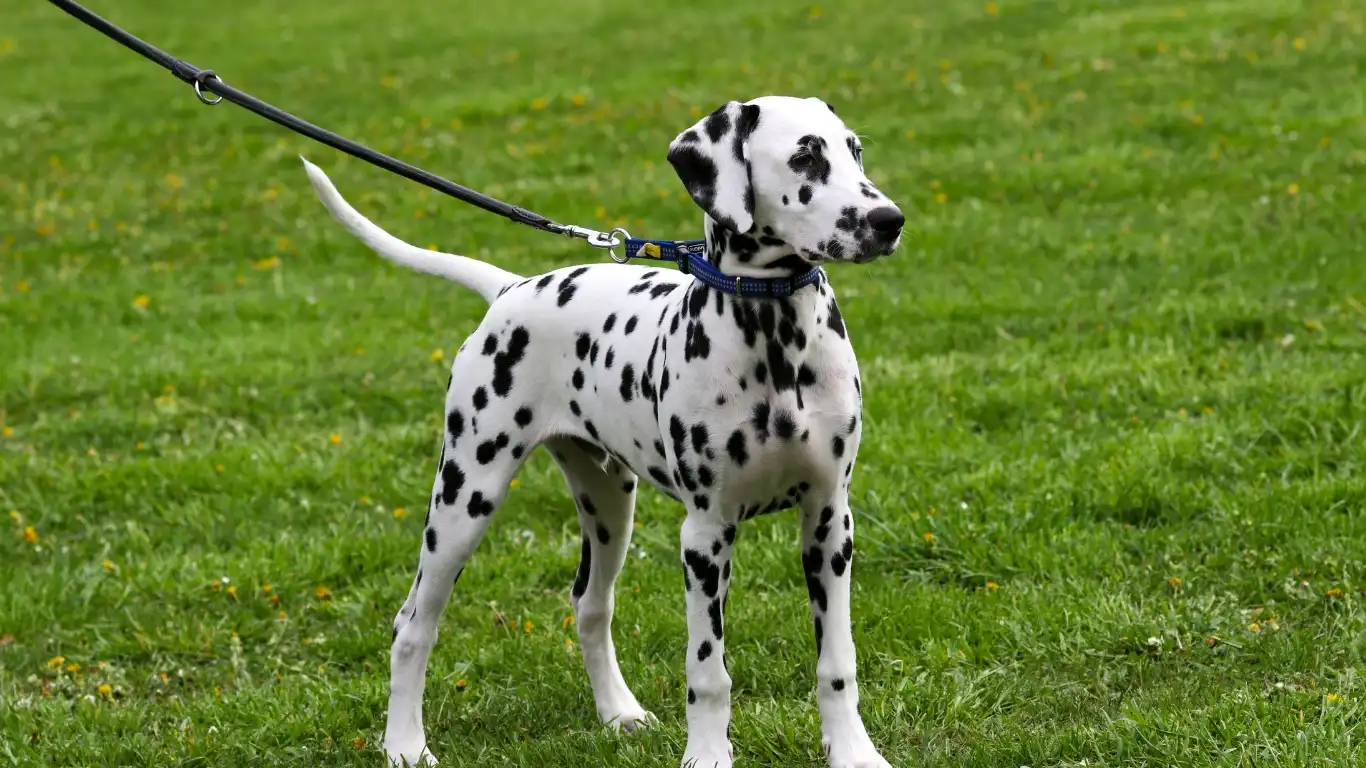
When I talk about interactive toys, I’m not just talking about squeaky toys. I’m talking about puzzles and treat-dispensing toys that make your dog work for their rewards. These types of toys are fantastic for mental stimulation, and I’ve seen firsthand how effective they can be in keeping dogs engaged. Puzzle toys, like those that hide treats inside or require your dog to figure out how to open compartments, are a great way to keep their minds sharp. My own dog loves these types of toys because it gives her something to focus on, and it’s like a little challenge for her every time she plays with it.
Food-Dispensing Toys for Busy Days
If your dog tends to finish their breakfast or lunch in seconds, try switching to food-dispensing toys. Instead of giving them a full meal in a bowl, you can use these toys to release food gradually as your dog plays with them. This not only slows down their eating but also gives them something to focus on while you’re away. I personally recommend Kong toys or treat balls, which are both durable and fun for dogs to figure out. It’s kind of like a game for them, and they’re rewarded with delicious treats for their effort!
Creating a Comfortable Space
One of the easiest ways to ensure your dog remains calm and entertained is by setting up a space that feels cozy and secure. If your dog is in a room or a crate that feels too small or uncomfortable, it could make them anxious. Make sure your dog has access to their favorite bed, blanket, or even a piece of your clothing (this can be comforting due to your scent). Additionally, make sure they have a variety of toys to play with, so they’re not confined to one option all day.
Use of Background Noise
Another tip that I often recommend is playing some background noise. Some dogs tend to feel less anxious when there’s some form of sound, such as a TV or radio playing. This mimics a sense of activity or company, making them feel less lonely while you’re at work. I’ve found that this works well for dogs who are sensitive to silence, or those who are easily startled by sudden noises.
Dog Walkers or Playdates
If you’re away from home for long hours, hiring a dog walker to come during the day could make a world of difference. Not only does it give your dog a break from being alone, but it also provides them with some extra exercise and socialization. I’ve personally seen dogs blossom after a few weeks of having regular walks during the day. If hiring a dog walker isn’t an option, you might consider arranging playdates with other dogs in the neighborhood. Social interaction with other dogs can help break up the monotony and offer much-needed entertainment.
Training and Tricks for Mental Stimulation
Training your dog isn’t just something you do when they’re young – it can also be a great way to keep them entertained as they get older. Learning new tricks or commands keeps their brain engaged, and it also strengthens the bond between you and your dog. I recommend practicing short training sessions in the mornings before you leave, so your dog’s mind is stimulated. You’d be surprised how quickly dogs can learn new tricks, even when you’re busy with work. Plus, it’s fun to see them show off their skills when you come home!
Engaging Your Dog’s Senses

One thing I’ve learned from working with pets over the years is how important it is to engage all of your dog’s senses—sight, sound, smell, and touch. Dogs experience the world in a way that’s very different from us, and using their senses can be a great way to keep them entertained while you’re at work. For instance, scent work is a fun and rewarding activity that taps into one of their most powerful senses.
Hide and Seek with Treats
If you haven’t tried it already, hiding treats around your home can be an excellent way to engage your dog’s sense of smell. It’s like a treasure hunt for them! You can start small by hiding treats in easily accessible places, and then gradually increase the difficulty. This not only keeps them occupied but also gives them a sense of achievement when they find their reward. Plus, it’s a fantastic mental exercise, which is just as important as physical activity.
DIY Sensory Games
Another fun activity that taps into your dog’s senses is creating sensory games. For example, you could fill a cardboard box with crumpled paper and hide toys or treats inside. Your dog will have to use their paws and nose to find the hidden treasures. This kind of game engages both their sense of touch and smell, providing a little challenge and a lot of fun. I’ve seen dogs spend hours sniffing through boxes like these!
Using Technology for Entertainment

As technology continues to evolve, it has become easier for pet owners to find innovative ways to entertain their dogs while they’re at work. One of the most exciting advancements in pet tech is interactive cameras and treat dispensers. These gadgets allow you to interact with your dog remotely, even when you’re not home.
Interactive Pet Cameras
Interactive pet cameras like Furbo or Petcube are a game-changer. They let you check in on your dog throughout the day and even speak to them through the built-in microphone. My dog, for example, responds positively when she hears my voice coming from the camera. It’s comforting for her, and it helps her feel more at ease when I’m not around. Some of these cameras even let you toss treats to your dog with the push of a button, providing a little surprise during their day. Not only does this help break up the monotony of being alone, but it also strengthens your bond with your dog, even when you’re far away.
Interactive Toys with App Controls
If you’re looking for something more interactive, you can also try toys that are controlled through an app. These toys often move around on their own or make sounds, enticing your dog to play. I’ve had great success with a few toys that work through an app on my phone, allowing me to control the movement and even reward my dog with a treat. This is perfect for dogs who crave attention or extra stimulation when left alone.
Rotating Toys and Activities
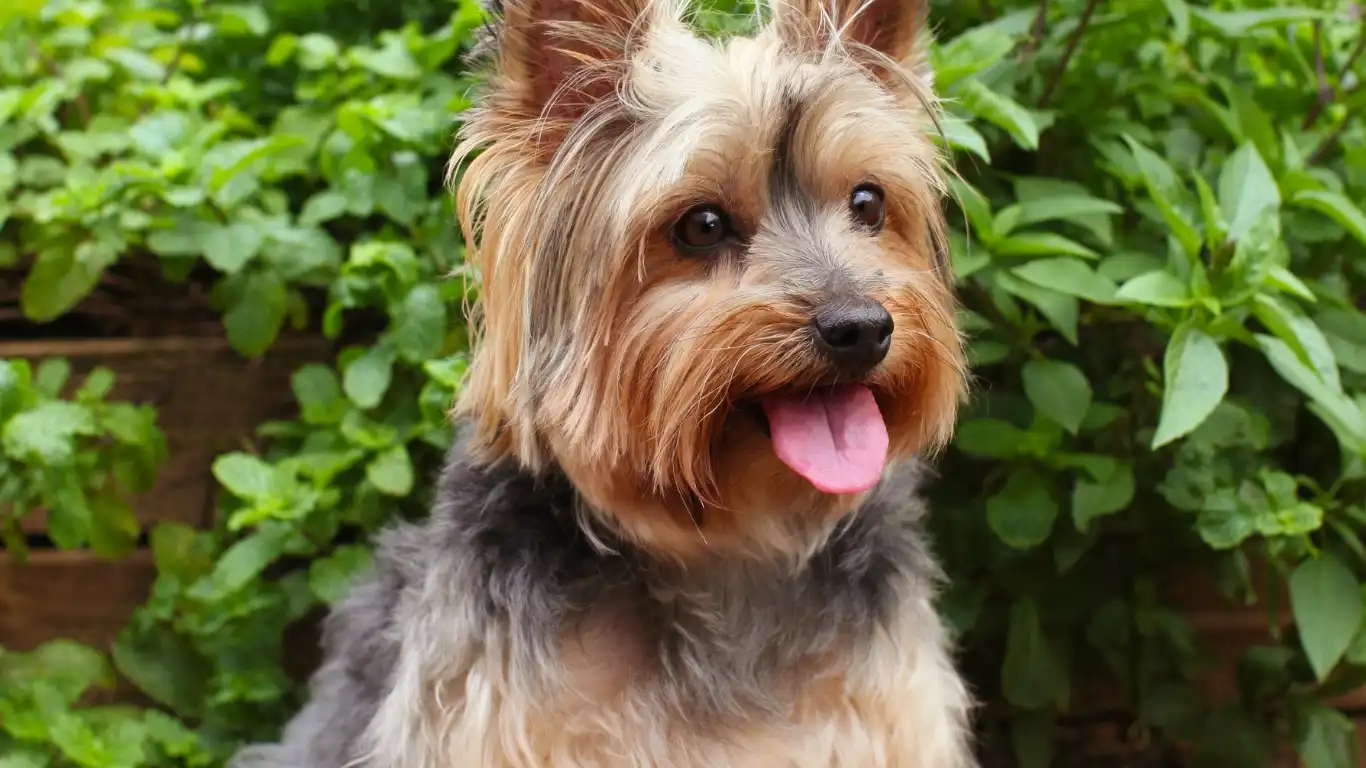
One strategy I’ve found particularly effective is rotating your dog’s toys. Dogs can quickly become bored with the same toys over and over again, which is why having a toy rotation system can keep them intrigued. You don’t have to go out and buy new toys every week (though, let’s be real, it’s tempting!). Instead, just put some toys away for a few days, and then bring them out again when your dog starts to lose interest in their current set of toys. This works especially well for chew toys, balls, or puzzle toys. It’s like having “new” toys without the expense!
Creating a Toy Rotation System
To make this system work, you don’t need to overcomplicate things. Simply have a basket of toys that your dog loves. Every few days, switch out the toys your dog has been playing with for others that have been put away. I’ve found that this keeps the toys exciting, even if they’ve been in the house for a while. Some dogs might even get super excited when they see a toy they haven’t played with in days. It’s a simple but effective way to keep their minds active.
Building a Fun Daily Routine
Establishing a consistent routine can be incredibly helpful in maintaining your dog’s mental well-being. Dogs thrive on structure, and knowing when to expect playtime, exercise, and mealtime can reduce anxiety and provide them with a sense of security. You can create a daily routine that includes a combination of play, walks, mental stimulation, and downtime. Even if you’re at work for several hours, knowing your dog has a predictable schedule can help them feel more comfortable in your absence. Dogs love having structure, and it makes them feel safe.
Additional Considerations
Aside from toys, games, and tech, there are a few other factors to consider when trying to keep your dog entertained while at work. For instance, if your dog is particularly anxious or suffers from separation anxiety, it’s important to address these issues alongside your entertainment strategies. I’ve worked with many dogs who struggle with being left alone, and in those cases, creating a safe space (like a crate or a designated room) and providing calming aids can be beneficial.
Calming Aids for Anxious Dogs
There are several calming products on the market that can help your dog relax when you’re not home. Things like calming collars, pheromone diffusers, or even calming music can reduce stress. I’ve found these tools to be especially helpful for dogs who experience anxiety when left alone. A calming aid can be the perfect addition to the mental stimulation you provide with toys and activities. Pairing the two together can create a more peaceful environment for your dog.
Hiring a Dog Sitter or Enrolling in Doggy Daycare
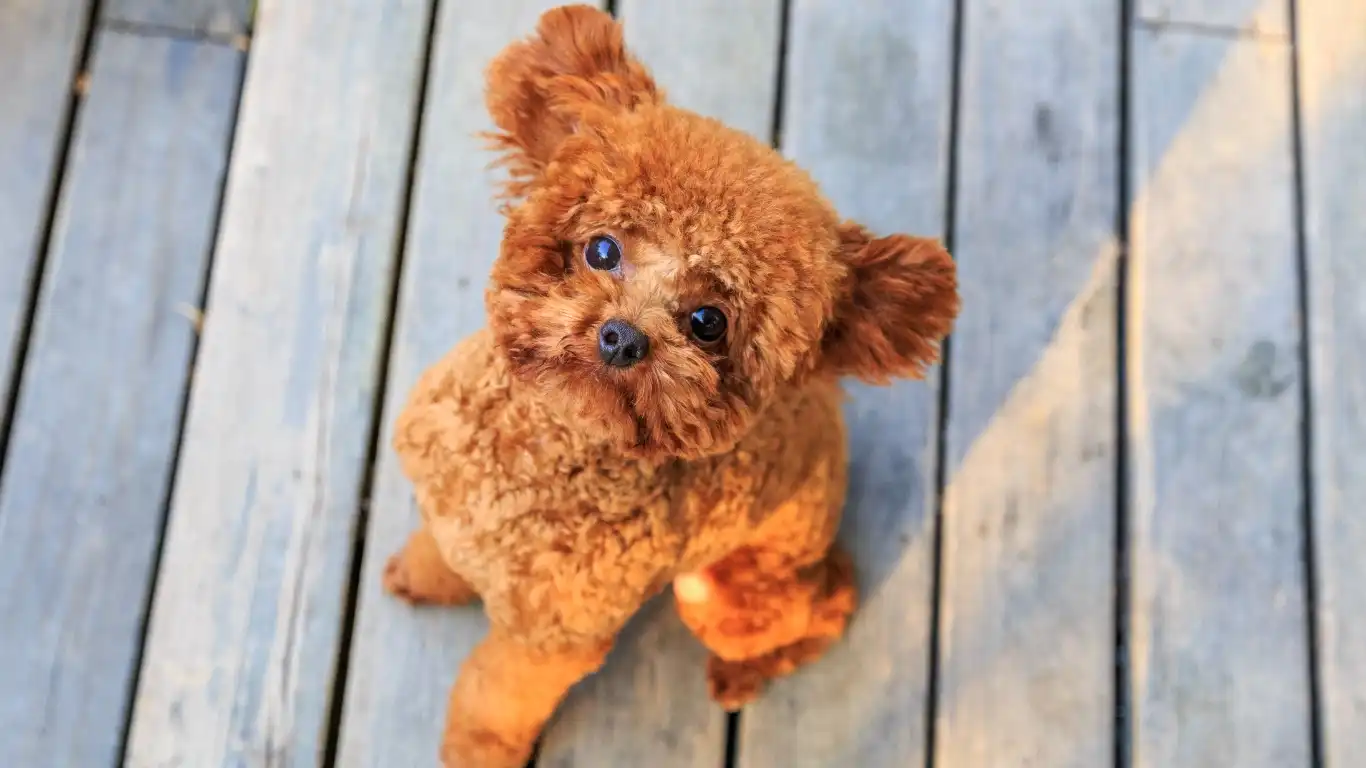
Sometimes, no matter how many toys, puzzles, or games you leave behind, some dogs just need a little extra human interaction. If your work schedule keeps you away for long hours, hiring a dog sitter or enrolling your pup in doggy daycare can be a fantastic way to keep them entertained while you’re at work.
Dog Sitters: One-on-One Care
Hiring a dog sitter is an excellent option if your dog prefers a more personal touch. A sitter can drop by once or twice a day to take your dog for a walk, play with them, or even just provide some comforting companionship. I’ve had clients whose dogs became more relaxed after just a few weeks of having a midday visitor. Some dog sitters even offer additional services like basic training reinforcement or grooming, which can be a great bonus!
Doggy Daycare: Socialization and Play
If your dog enjoys being around other dogs, then doggy daycare might be a great fit. These facilities provide a safe and controlled environment where dogs can socialize, exercise, and receive attention from trained staff. I’ve seen high-energy dogs thrive in daycare settings because it gives them a structured play environment where they can burn off energy and interact with other dogs. Just be sure to choose a reputable daycare that aligns with your dog’s temperament and needs.
Creating a Departure and Return Routine
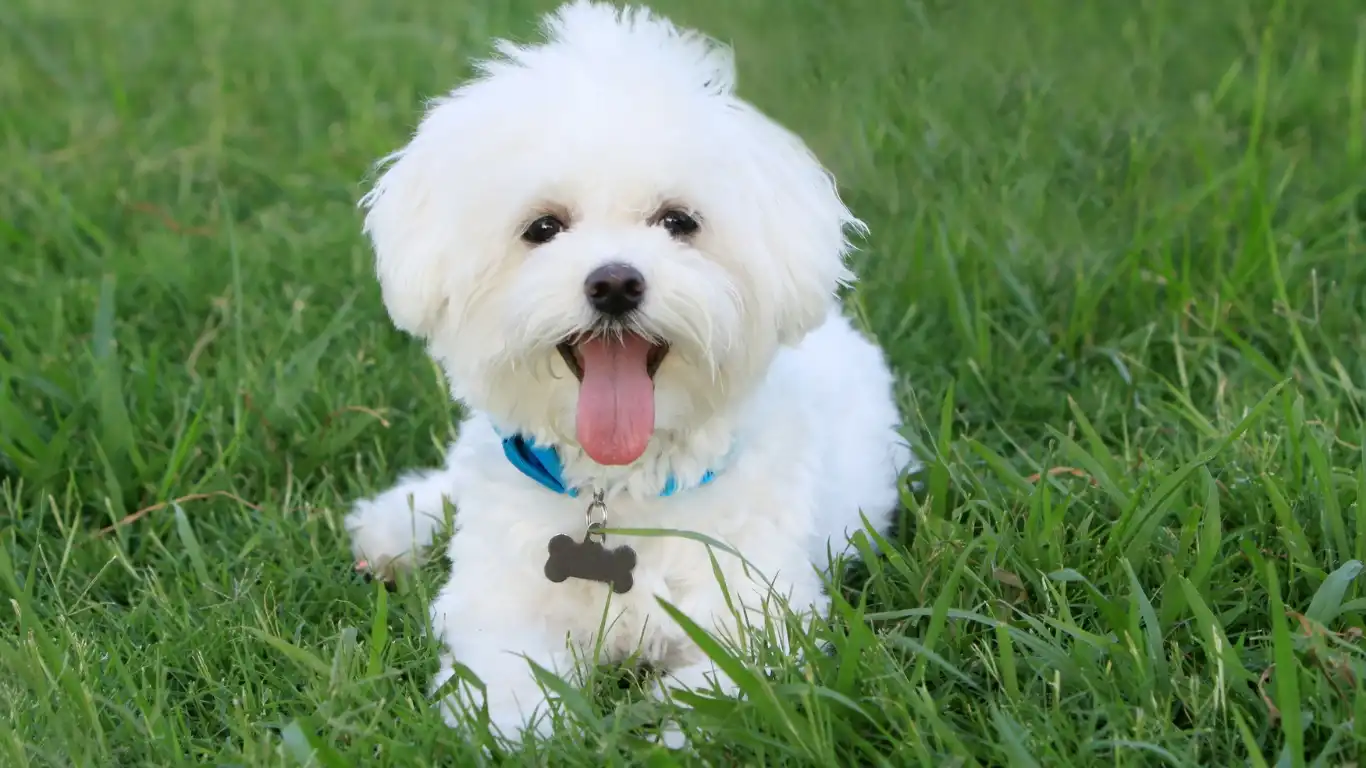
Another crucial aspect of keeping your dog entertained while you’re at work is making sure their transition from being with you to being alone is as smooth as possible. Dogs pick up on our habits, and if they sense that you’re anxious or guilty about leaving, they may develop separation anxiety. Having a calm and structured routine can make a world of difference.
How to Leave Without Stressing Your Dog
- Keep departures low-key – Avoid making a big fuss when leaving, as this can create anxiety.
- Give them a special treat or toy – Something like a stuffed Kong or a puzzle toy can help shift their focus from you leaving to something positive.
- Use a consistent phrase – Saying something like “I’ll be back soon” in a calm voice can act as a cue that lets them know you’re leaving but will return.
Returning Home the Right Way
Just like leaving, your return should be calm and structured. I know how tempting it is to shower your dog with excitement the moment you walk through the door (I’m guilty of this too!), but excessive enthusiasm can reinforce anxious behaviors. Instead, wait a few minutes before greeting them, and then engage in a fun activity like a short walk or play session. This helps balance their excitement and sets the tone for a relaxed evening together.
Final Tips for Keeping Your Dog Happy While You’re at Work
To wrap things up, here are some final key takeaways that can help ensure your dog stays happy and engaged even when you’re not home:
- Provide a mix of physical and mental stimulation – A balance of exercise, puzzle toys, and interactive games will keep their body and mind engaged.
- Rotate toys regularly – This prevents boredom and keeps things exciting for your pup.
- Consider pet cameras or tech gadgets – Being able to check in and interact with your dog remotely can provide both you and them with peace of mind.
- Explore professional pet care options – If your dog struggles with being alone, a dog sitter or daycare might be a great solution.
- Maintain a consistent routine – Dogs thrive on structure, so try to keep a predictable schedule for meals, playtime, and alone time.
References
- American Kennel Club (AKC) – For expert-backed tips on dog care and behavior.
- ASPCA – Information on separation anxiety and enrichment for dogs.
- Fear Free Happy Homes – Advice on making your dog’s environment more stress-free.
Disclaimer
The information provided in this article is based on my experience as a pet nutritionist and pet care expert in veterinary clinics, combined with reputable sources. However, every dog is unique, and if your dog exhibits excessive anxiety or behavioral issues, it’s always best to consult with a professional trainer or veterinarian for personalized guidance.
